Earache and Stiff Neck: Causes, Symptoms, and Treatment Options
What are the common causes of earache and stiff neck. How can you diagnose these conditions at home. What are the most effective treatment options for ear pain and neck stiffness. When should you seek medical attention for these symptoms.
Understanding the Connection Between Earache and Stiff Neck
Earache and stiff neck often occur together, causing discomfort and concern for many individuals. These symptoms can be interconnected due to the proximity of the ear and neck structures. Understanding this relationship is crucial for proper diagnosis and treatment.
The ear, neck, and surrounding areas share complex nerve pathways. Pain or inflammation in one area can affect the other, leading to a combination of symptoms. For instance, an ear infection may cause referred pain in the neck, or a neck muscle strain might lead to ear discomfort.
Common Causes of Earache and Stiff Neck
- Middle ear infections (otitis media)
- Cervical spine issues
- Temporomandibular joint (TMJ) disorders
- Sternocleidomastoid muscle tension
- Lymph node swelling
- Referred pain from dental problems
Is there a link between poor posture and these symptoms? Poor posture, especially prolonged periods of looking down at electronic devices, can strain the neck muscles and potentially contribute to both earache and neck stiffness.

Middle Ear Infections: A Primary Cause of Earache
Middle ear infections, also known as acute otitis media (AOM), are a common cause of earache in both children and adults. These infections often develop as a complication of the common cold or other upper respiratory infections.
How does a middle ear infection occur? When congestion blocks the eustachian tube, which normally drains fluid from the middle ear, fluid can accumulate behind the eardrum. This creates an ideal environment for bacteria to grow, leading to infection and inflammation.
Symptoms of Middle Ear Infection
- Ear pain or discomfort
- Feeling of fullness in the ear
- Reduced hearing
- Fever
- Fluid drainage from the ear (in severe cases)
Can a middle ear infection cause neck stiffness? While not a direct symptom, the pain from an ear infection can sometimes radiate to the neck, causing stiffness or discomfort in that area.
Sternocleidomastoid Pain: A Less Known Culprit
The sternocleidomastoid muscle, a large muscle running from behind the ear to the collarbone, can be a source of both ear and neck pain when strained or injured. This condition, often overlooked, can mimic the symptoms of an ear infection or neck problem.
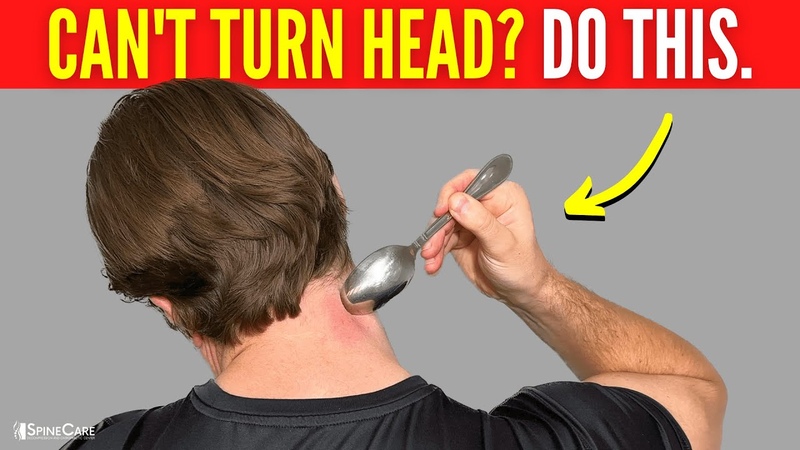
What causes sternocleidomastoid pain? Common causes include poor posture, repetitive motions, injuries, and stress. The pain from this muscle can radiate to the ear, eye, or sinuses, making diagnosis challenging.
Identifying Sternocleidomastoid Pain
- Pain behind the ear extending down the neck and shoulder
- Headaches or dizziness
- Tingling sensations
- Trigger points along the side or front of the neck
How can you differentiate between sternocleidomastoid pain and other conditions? A healthcare professional can perform specific tests and palpations to identify if this muscle is the source of discomfort.
Diagnosis and Home Assessment of Earache and Neck Stiffness
While a definitive diagnosis often requires professional medical evaluation, there are several ways to assess your symptoms at home. This can help determine the urgency of seeking medical care and provide valuable information to your healthcare provider.
Self-Assessment Steps
- Check for fever using a thermometer
- Gently feel for swollen lymph nodes in the neck
- Assess range of motion in your neck without causing pain
- Look for visible signs of infection in the outer ear
- Monitor the duration and intensity of symptoms
Are there any red flags that indicate immediate medical attention is needed? Severe pain, high fever, sudden hearing loss, or symptoms of meningitis (such as severe headache, light sensitivity, or confusion) warrant immediate medical evaluation.
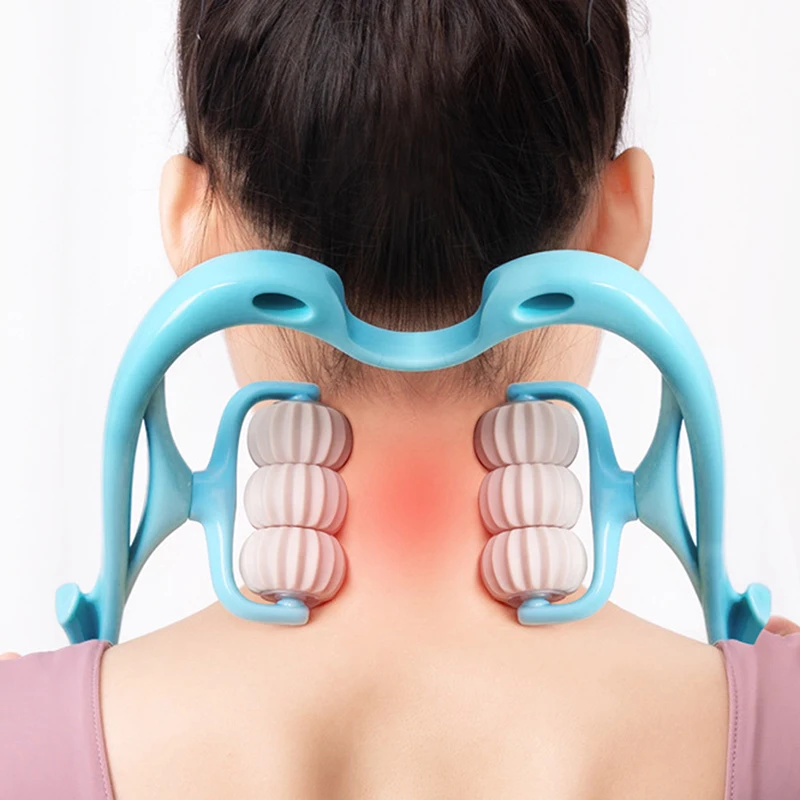
Treatment Options for Earache and Stiff Neck
The treatment for earache and stiff neck depends on the underlying cause. However, there are several general approaches that can provide relief for many conditions.
Home Remedies and Over-the-Counter Treatments
- Pain relievers (acetaminophen or ibuprofen)
- Warm or cold compresses
- Gentle neck stretches and exercises
- Proper posture and ergonomic adjustments
- Rest and relaxation techniques
How effective are these home treatments? While they can provide significant relief for mild cases, persistent or severe symptoms should be evaluated by a healthcare professional.
Medical Treatments
For more severe cases or specific conditions, medical treatments may include:
- Antibiotics for bacterial infections
- Prescription pain medications
- Physical therapy
- Corticosteroid injections
- In rare cases, surgical intervention
What is the typical duration of antibiotic treatment for a middle ear infection? Most courses of antibiotics for middle ear infections last 7-10 days, but it’s crucial to complete the entire prescribed course even if symptoms improve earlier.

Prevention Strategies for Earache and Neck Stiffness
Preventing earache and neck stiffness involves addressing common risk factors and maintaining good overall health. By implementing these strategies, you can reduce the likelihood of experiencing these uncomfortable symptoms.
Lifestyle Modifications
- Practice good posture, especially when using electronic devices
- Take regular breaks from prolonged sitting or screen time
- Engage in regular neck and shoulder stretches
- Stay hydrated and maintain a balanced diet
- Manage stress through relaxation techniques or meditation
How can you improve your workspace ergonomics to prevent neck strain? Ensure your computer screen is at eye level, use a supportive chair, and consider a standing desk option to vary your posture throughout the day.
Health Practices
- Maintain good hygiene to prevent ear infections
- Avoid exposure to secondhand smoke
- Stay up-to-date with vaccinations
- Manage allergies effectively
- Avoid inserting objects into the ear canal
Can regular exercise help prevent neck stiffness? Yes, regular physical activity, especially exercises that focus on neck and shoulder strength and flexibility, can significantly reduce the risk of neck stiffness and associated ear discomfort.

When to Seek Medical Attention
While many cases of earache and neck stiffness can be managed at home, certain symptoms or circumstances require prompt medical evaluation. Recognizing these signs is crucial for preventing potential complications and ensuring appropriate treatment.
Red Flag Symptoms
- Severe or worsening pain despite home treatment
- High fever (100.4°F/38°C or higher)
- Sudden hearing loss or significant change in hearing
- Dizziness or loss of balance
- Fluid or blood draining from the ear
- Severe headache or neck stiffness with fever
- Facial weakness or asymmetry
How quickly should you seek medical attention if you experience these symptoms? For severe symptoms or those suggesting a potential neurological issue, immediate medical care is advised. For less urgent but persistent symptoms, contact your healthcare provider within 24-48 hours.
Special Considerations
Certain groups should be more cautious and seek medical advice sooner:
- Infants and young children
- Elderly individuals
- People with compromised immune systems
- Those with a history of chronic ear problems
- Individuals who have recently undergone ear or neck surgery
Why are these groups at higher risk? These populations may be more susceptible to severe infections or complications, and their symptoms may progress more rapidly or be indicative of more serious underlying conditions.

Long-Term Management and Follow-Up Care
For individuals who experience recurrent earaches or chronic neck stiffness, developing a long-term management plan is essential. This approach focuses on preventing future episodes and addressing any underlying conditions that may contribute to ongoing symptoms.
Follow-Up Care Strategies
- Regular check-ups with your primary care physician or specialist
- Monitoring for any changes in symptoms or new developments
- Adherence to prescribed treatments or therapies
- Ongoing lifestyle modifications to support ear and neck health
- Consideration of complementary therapies, such as acupuncture or massage, under medical guidance
How often should you have follow-up appointments for chronic ear or neck issues? The frequency of follow-up care depends on the severity and nature of your condition. Your healthcare provider can recommend an appropriate schedule, typically ranging from monthly to annually.
Potential Long-Term Complications
While most cases of earache and neck stiffness resolve without long-term effects, some individuals may experience or be at risk for:

- Chronic ear infections
- Hearing loss
- Balance problems
- Chronic neck pain or reduced mobility
- Temporomandibular joint (TMJ) disorders
Can early intervention prevent these long-term complications? In many cases, yes. Prompt and appropriate treatment of acute episodes, along with preventive measures and regular monitoring, can significantly reduce the risk of developing chronic problems.
By understanding the causes, symptoms, and treatment options for earache and stiff neck, you can take proactive steps to manage these conditions effectively. Remember that while home care can be beneficial for mild cases, persistent or severe symptoms warrant professional medical evaluation. With proper care and attention, most individuals can find relief and prevent recurrent episodes, ensuring better overall ear and neck health.
Middle Ear Infection (Adult)
You have an infection of the middle ear, the space behind the eardrum. This is also called acute otitis media (AOM). Sometimes it’s caused by the common cold. This is because congestion can block the internal passage (eustachian tube) that drains fluid from the middle ear. When the middle ear fills with fluid, bacteria can grow there and cause an infection. Oral antibiotics are used to treat this illness, not eardrops. Symptoms often start to improve within 1 to 2 days of treatment.
Home care
Here are some general care guidelines:
-
Finish all of the antibiotic medicine given, even though you may feel better after the first few days.
-
You may use over-the-counter medicine, such as acetaminophen or ibuprofen, to control pain and fever unless something else was prescribed. Talk with your healthcare provider before using these medicines if you have chronic liver or kidney disease.
 Also talk with your provider if you’ve had a stomach ulcer or digestive tract bleeding. Don’t give aspirin to anyone under 18 years of age who is ill or has a fever. It may cause a severe illness called Reye syndrome, which may result in brain or liver damage. If not treated correctly, it may cause death.
Also talk with your provider if you’ve had a stomach ulcer or digestive tract bleeding. Don’t give aspirin to anyone under 18 years of age who is ill or has a fever. It may cause a severe illness called Reye syndrome, which may result in brain or liver damage. If not treated correctly, it may cause death.
Follow-up care
Follow up with your healthcare provider as advised. If all symptoms haven’t gotten better, or if hearing doesn’t go back to normal in 2 weeks, you may need further treatment.
When to get medical advice
Call your healthcare provider right away if any of these occur:
-
Ear pain gets worse or doesn’t improve after 3 days of treatment
-
Abnormal drowsiness or confusion
-
Neck pain, stiff neck, or headache
-
Fluid or blood draining from the ear canal
-
Fever of 100.
 4°F (38°C) or higher, or as advised
4°F (38°C) or higher, or as advised -
Seizure
© 2000-2022 The StayWell Company, LLC. All rights reserved. This information is not intended as a substitute for professional medical care. Always follow your healthcare professional’s instructions.
Was this helpful?
Yes
No
Tell us more.
Check all that apply.
Wrong topic—not what I was looking for.
It was hard to understand.
It didn’t answer any of my questions.
I still don’t know what to do next.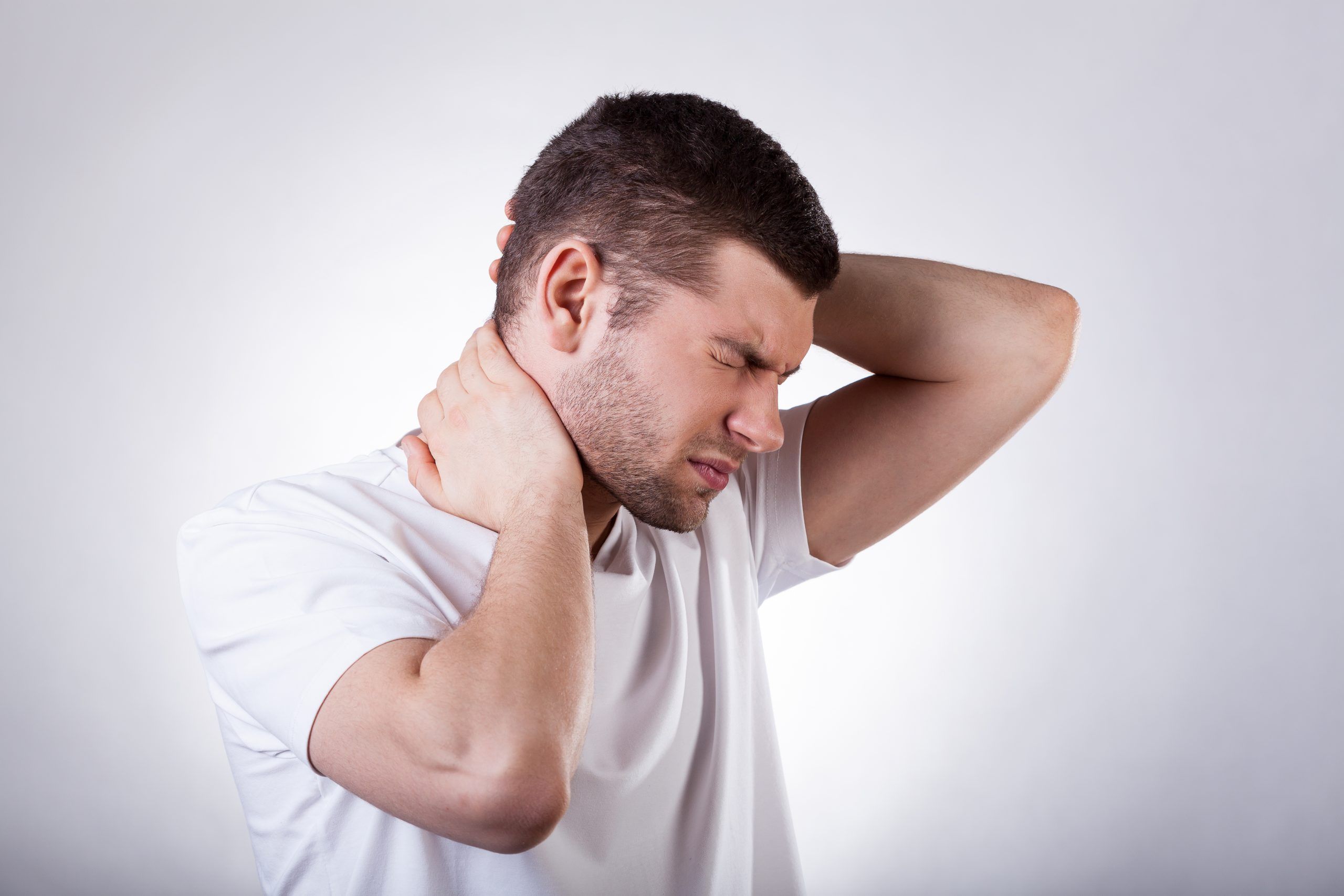
Other.
NEXT ▶
Last question: How confident are you filling out medical forms by yourself?
Not at all
A little
Somewhat
Quite a bit
Extremely
Thank You!
Sternocleidomastoid pain: Diagnosis, causes, and treatment
Pain behind the ear and down the neck and shoulder may result from tension or injury in the sternocleidomastoid muscle. Other possible symptoms include headaches, dizziness, and tingling.
The sternocleidomastoid is a large muscle near the front of the neck. It extends from just under the ear and jaw down to the collarbone.
A person with sternocleidomastoid pain might notice trigger points along the side or front of the neck. Frequently, however, pain from this muscle radiates elsewhere, causing ear, eye, or sinus pain.
Keep reading to learn more about the causes, diagnosis, and treatment of sternocleidomastoid pain.
Share on PinterestPoor posture is a possible cause of sternocleidomastoid pain.
The sternocleidomastoid is a superficial muscle, which means that it is just under the skin, not deep in the neck. It attaches to the mastoid process, which is a portion of the bone just behind the jaw and under the ear. The muscle extends down the length of the neck and ends where the collarbone and breastbone connect.
The sternocleidomastoid helps with the movement and balance of the head. The muscle is visible when a person moves their head from side to side. It also plays a role in the rotation, inclination, and extension of the head and neck.
Due to its important role in supporting the head, any issues that affect posture and head position can irritate this muscle. Sudden head movements, blows to the head, and other types of trauma can also cause pain and injuries.
Sudden head movements, blows to the head, and other types of trauma can also cause pain and injuries.
Most people with sternocleidomastoid pain develop the pain slowly due to a combination of lifestyle issues. When this muscle has to hold the head in an awkward position, it can gradually become irritated and sore.
Some causes of sternocleidomastoid pain include:
- carrying a heavy object, such as a child or backpack, in an awkward position
- poor posture, for example, when a person spends long days hunched over a computer or straining their neck to reach things in the garden
- an awkward work station layout that makes a person hold their neck in an uncomfortable position
- tension or injury in other muscles of the shoulders, neck, or back
- holding a phone between the ear and shoulder
- sleeping in an awkward position or on an uncomfortable pillow
Less frequently, some other factors may cause sternocleidomastoid pain. They include:
- Trauma: A fall, blow to the side of the neck, or car accident may injure the neck muscles, causing strains, sprains, and other injuries.
 A person does not have to fall or experience a serious injury to sustain damage to this part of the body, however. A 2014 case report details a ruptured sternocleidomastoid following an epileptic seizure.
A person does not have to fall or experience a serious injury to sustain damage to this part of the body, however. A 2014 case report details a ruptured sternocleidomastoid following an epileptic seizure. - Arthritis: Arthritis in the spine can cause referred pain in the sternocleidomastoid. It may also cause a person to change their posture or move their head in a way that increases the risk of injury.
- Myofascial pain syndrome: Myofascial pain syndrome is a type of muscle pain that causes trigger points in a muscle. A person may feel pain radiating to other areas when they press on these trigger points. Most people with myofascial pain experience symptoms following an injury or due to chronic lifestyle issues, such as bad posture.
Generally, people with an injured sternocleidomastoid do not feel pain at the site of the injury. Instead, the pain tends to radiate to other areas of the body. The most common symptoms include:
- unexplained ear pain, which may present as soreness, aching, or a sense of fullness in the ear
- pain in the face or the front of the head
- pain in or above the eyes
- dizziness
- nausea
- throat pain when swallowing
- headaches, including migraine-like headaches
- pain in the sinuses or nose
- neck stiffness, including difficulty rotating the head from side to side
- tingling in the face, head, or neck
A doctor will begin the diagnosis of a sternocleidomastoid injury by asking the person about their symptoms and their recent medical history and activities.:max_bytes(150000):strip_icc()/pinched-nerve-headache-treatment-1719581-5c04ae4146e0fb0001cc1846-63608779dc594598ae4331423b0d2aed.png) It is important to tell the doctor about all symptoms, even if they seem unrelated, as injuries to this muscle can cause a wide variety of seemingly unrelated symptoms.
It is important to tell the doctor about all symptoms, even if they seem unrelated, as injuries to this muscle can cause a wide variety of seemingly unrelated symptoms.
The doctor will then carry out a physical examination, asking the individual to perform voluntary movements. These may reveal tenderness or stiffness in the muscle due to bad posture, chronic muscle weakness, or lifting heavy objects.
Imaging scans may be necessary for the doctor to get a detailed view of the muscles and surrounding structures. An ultrasound can help them diagnose trauma to the sternocleidomastoid, while an X-ray can rule out broken bones.
Various treatments are available for sternocleidomastoid pain, with the type and cause of the injury determining the best option. Possible treatment approaches include:
- Lifestyle changes: When bad posture or carrying heavy objects causes sternocleidomastoid pain, addressing this issue can prevent the pain from getting worse.

- Pain management: Rest, ice, heat, and nonsteroidal anti-inflammatory drugs may help reduce pain. Some people find that alternating heat and ice is helpful.
- Physical therapy: Physical therapy can help a person regain strength in the neck and head. It can also help prevent chronic injuries.
- Surgery: If other treatments fail, a person may need surgery, especially if the sternocleidomastoid ruptures or tears.
- Chiropractic care: Chiropractic care is among the alternative treatments that may help reduce pain for some people.
Gentle stretches and exercises can help restore strength to the neck and reduce stiffness. It is important to talk to a doctor or physical therapist before exercising. Some exercises may make the injury worse, especially if a person does not use the correct technique.
The following exercises may help with neck pain:
- Cervical flexion: Sit upright on a chair and slowly tilt the head forward and then back again.
 Repeat this movement several times, but keep it steady to avoid additional strain.
Repeat this movement several times, but keep it steady to avoid additional strain. - Cervical side flexion: Sit upright on a chair and slowly tilt the head to one side and then the other. Repeat this movement in a controlled manner.
- Cervical rotation: Sit upright on a chair and slowly rotate the head to face one side and then the other. Repeat this movement several times, only turning the head as far as is comfortable.
- Chin tucks: Sit upright on a chair and slowly draw the chin inward while keeping the head straight. Keep the repetitions steady to avoid straining the neck further.
A person might not notice a sternocleidomastoid injury because the symptoms typically spread to the head and face.
In many cases, they might think that they have an ear infection, migraine episode, eye health issue, or another unrelated issue. It is, therefore, important to see a doctor for any unexplained health symptoms.
With appropriate treatment, sternocleidomastoid pain usually goes away.
Causes and treatment of neck pain
March 07, 2022
Headache is a common disease that both women and men complain about and can affect children.
Headaches can be of different nature.
One of them is pain in the back of the head or around it: stinging or dull, severe or moderate. Most often, pain accompanies an infection, is a sign of high blood pressure, degeneration of the cervical spine, and often occurs after an injury. However, neck pain can also indicate a more serious condition.
The causes of a headache in the back of the head can be different:
Throbbing headache in the back of the head can be associated with arterial hypertension. It happens that the patient begins to feel pain in the back of the head on the right side and on the left side, but this is not initially associated with increased pressure. Therefore, he usually starts taking a large amount of painkillers, but the headache does not go away. Only after this, the patient goes to the doctor, who diagnoses him with arterial hypertension, and after taking the appropriate medications, the pain in the back of the head ceases to bother the patient.
Only after this, the patient goes to the doctor, who diagnoses him with arterial hypertension, and after taking the appropriate medications, the pain in the back of the head ceases to bother the patient.
Acute pain in the back of the head may be associated with subarachnoid hemorrhage. Patients describe the pain of subarachnoid bleeding as pain they have never experienced in their lives. Usually the cause of subarachnoid hemorrhage is a ruptured aneurysm, and the presence of hypertension and atherosclerosis predisposes the patient to this and is one of the causes of a stroke. Subarachnoid bleeding always requires immediate medical attention.
Headache behind the ears may be a sign of otitis media. In addition, pain in the back of the head behind the ears is often associated with an increase in lymph nodes, which occurs with various infections.
Headache in the back of the neck, most often burning, on bending over, often associated with increased tension in the paraspinal muscles, as well as degenerative changes in the cervical spine and pressure on the nerves (neuralgia).
Headache behind the occiput can be of varying severity. It can disturb the patient at different times of the day: as a rule, it is morning pain.
Dull pain in the back of the head is often associated with meningitis. In this situation, in addition to the headache, the patient also complains of neck stiffness, he has a high temperature, and his condition is deteriorating rapidly. Suspicion of meningitis requires immediate medical attention.
Pressure and headache in the back of the head is a common tension-related ailment. This is the most common form of headache, also known as psychogenic. It often appears as a result of a short sleep, as a result of excessive nervous tension and severe stress. In this case, changing habits can help reduce symptoms.
Severe headache in the back of the head, also a symptom of a brain tumor. Then the pain may be accompanied by other types of ailments, such as nausea, vomiting, or visual disturbances.
Headache in the back of the head can also occur in people with a tendency to migraine, then often there is a problem of nausea or vomiting.
Headache in the back of the head (right and left), as well as pain in the neck, can also be the first symptom and harbinger of the onset of a cold or a more serious respiratory infection.
Headache in the occiput and additional symptoms.
It is not uncommon for situations where a headache in the back of the head is not the only symptom. Sometimes this is accompanied by other symptoms: Nausea and vomiting – these additional symptoms may be associated with the development of a brain tumor in the patient.
Pain in the back of the head and dizziness – you also need to tell the doctor to diagnose a possible tumor. Double vision is a diagnosis necessary to detect a tumor.
Photophobia – suggests tension headache, which may lead to migraine.
Neck stiffness – the presence of this symptom suggests the presence of meningitis, in which case you should immediately go to the hospital.
Pain in the ear – occurs when the patient suffers from otitis media.
Neck pain during pregnancy and baby
Neck pain in a child can be associated with many causes, some of them are the same as in adults:
Spontaneous headache in the occipital region – with this type of pain , eliminating all possible causes, it is impossible to say what caused it.
Infection. Neck pain can be caused by both viral and bacterial infections. Ear inflammation. Lymphadenopathy. A brain tumor – in children, such a cause also cannot be ruled out without proper investigation. Inflammation of the meninges. Pregnant women also complain of neck pain. Back pain during pregnancy can be due to the following reasons: Hormonal changes – in early pregnancy, during the first trimester, hormonal changes can cause headaches.
Hypertension – it is possible that during pregnancy a woman who has never had a problem with blood pressure will develop high blood pressure, causing pain in the back of her head.
Pain in the back of the head during pregnancy can also be associated with toxicosis during pregnancy, that is, preeclampsia. If it is a sharp pain in the back of the head, accompanied by dizziness and ringing in the ears, as well as high blood pressure, an urgent visit to the doctor is required.
If it is a sharp pain in the back of the head, accompanied by dizziness and ringing in the ears, as well as high blood pressure, an urgent visit to the doctor is required.
Diagnosis and treatment.
In a situation where a headache in the back of the head is becoming more and more frequent, and symptoms persist despite home remedies and painkillers, you should immediately consult a doctor, preferably a neurologist.
After a detailed interview, the doctor will order additional tests, a CT scan of the head or an MRI, often in combination with imaging of the cervical spine. Appropriate treatment can be started after additional tests.
If degenerative changes in the spine are detected, neurosurgical treatment may be required, and if a tumor is present, neurosurgical treatment can be combined with chemotherapy. If there are other causes of neck pain, treatment depends on the diagnosis.
The prognosis of neck pain depends on the cause: brain tumors and subarachnoid hemorrhage are the most severe, other causes are completely treatable.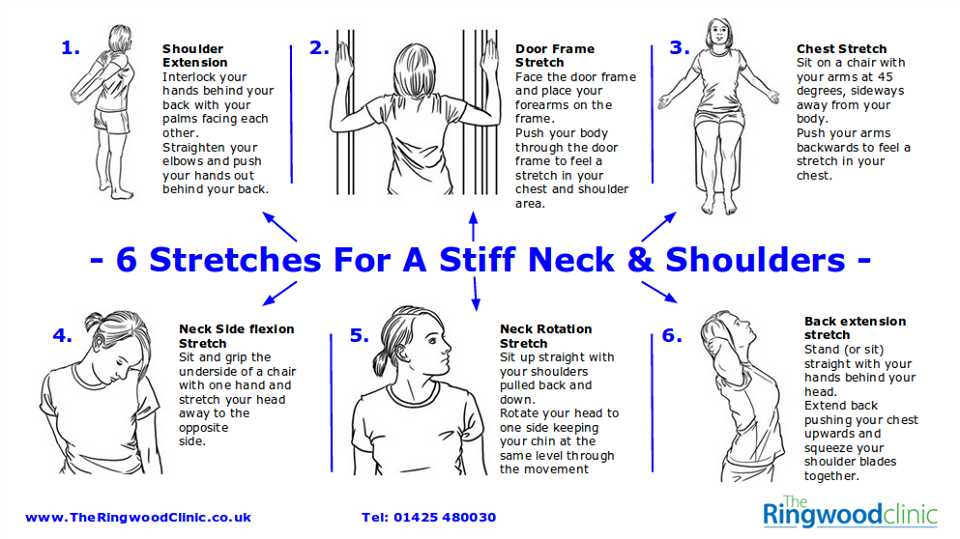
Our specialists are always ready to provide you with the fullest professional assistance
THERE ARE CONTRAINDICATIONS. CONTACT A SPECIALIST!
Neck pain: causes, symptoms, relief
Neck pain is an unpleasant sensation, the causes of which may be different. Was it uncomfortable to sleep? Blown out? Pinched? Or maybe something more serious? We deal with the causes of the problem and advise what really helps to alleviate the condition if the neck hurts.
Tags:
Pain
Causes of pain
Trauma, meningitis and even a heart attack: why the neck hurts and what can be done to relieve the pain
Do not self-medicate! In our articles, we collect the latest scientific data and the opinions of authoritative health experts. But remember: only a doctor can diagnose and prescribe treatment.
Why does the neck hurt?
The neck is the part of the spine that connects to the lower part of the skull.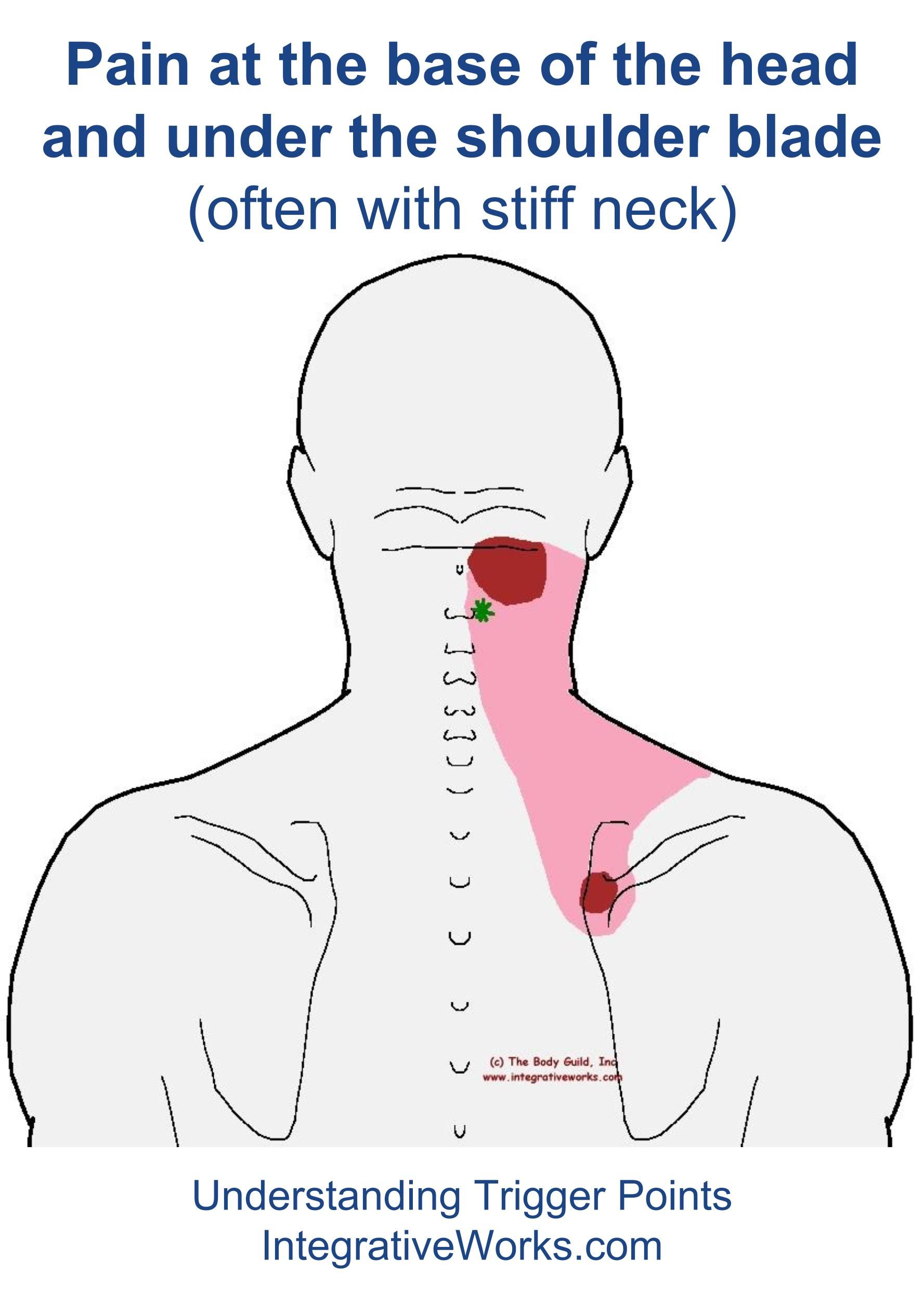 This is a complex structure: in addition to the cervical vertebrae, nerves, muscles and ligaments are involved, without which it is impossible to turn and tilt the head. Any damage to these elements is likely to manifest itself in the form of pain in the neck.
This is a complex structure: in addition to the cervical vertebrae, nerves, muscles and ligaments are involved, without which it is impossible to turn and tilt the head. Any damage to these elements is likely to manifest itself in the form of pain in the neck.
Most of us experience neck pain during our lives, but most of the time it goes away on its own and you don’t need to see a doctor. However, in some cases, the situation turns out to be quite serious – in this case, medical assistance is indispensable.
It is important to remember that if pain and discomfort in the neck persist for more than a week, then you should definitely consult a doctor to find out the reasons.
What a pain in the neck
ADVERTISING – CONTINUED BELOW
Neck pain can vary in location, intensity and duration. Often severe pain occurs for several hours or a couple of days, without any treatment disappearing forever or for a long time. However, it may also be that it is constantly present, preventing you from turning and tilting your head normally, making daily routine activities impossible.
- Stuck neck – the feeling that the neck is blocked by something that prevents it from turning normally, very often accompanied by pain.
- Sharp pain – any movement is accompanied by severe pain, which increases with strong bending or turning.
- Numbness – if the pain is associated with nerve compression, numbness or tingling is felt.
- Pain that radiates to other parts of the body – pain in the neck may also be felt in other parts of the body, such as radiating to the back of the head or shoulder. In some cases, there is a burning sensation going down the arm.
- Headache – pain in the neck, which also causes headache, has its own name – cervicogenic.
- Pain on palpation – in some cases, pain in the neck can only be felt.
Causes of neck pain
As we have already said, neck pain can occur for various reasons. And here are the main and most common ones.
Muscle tension
The neck may ache due to overexertion of the neck muscles, which may occur due to:
- uncomfortable posture;
- long stay in the same position;
- sleeping in an uncomfortable position;
- loads during training.

Injury
Injury to the neck is quite simple – it can happen during sports, during falls, during car accidents, in situations where ligaments and muscles are subjected to more pressure than usual.
Heart attack
Not everyone knows that neck pain can be a symptom of a heart attack. Often this sensation is accompanied by other signs:
- shortness of breath;
- sweating;
- nausea;
- vomiting;
- pain behind the sternum;
- pain radiating to the arm or jaw.
If you or someone close to you feel something like this, you should immediately consult a doctor.
Meningitis
Meningitis is an inflammation of the meninges, which is caused by the progression of the infection. Usually, in addition to pain in the neck, this condition can be characterized by other signs:
- stiffness of the neck – the inability to bend the head and press it to the chest;
- headaches;
- nausea;
- vomiting;
- photosensitivity and photophobia;
- high temperature.

Meningitis can be fatal very quickly, and therefore the appearance of such symptoms and suspicion of meningitis requires immediate medical attention. The disease is especially dangerous for children.
Other reasons
There are other diseases and conditions that can cause neck pain. Often the appearance of these painful sensations turns out to be one of the few symptoms, but also pain in the neck can complement a whole bunch of manifestations.
- Rheumatoid arthritis is an autoimmune disease that causes joint swelling and severe pain. If the disease affects the neck area, pain appears.
- Osteoporosis weakens bones and can lead to fractures of varying severity. Most often they occur in the palms and knees, but occasionally affect the neck.
- Fibromyalgia is a disease in which patients experience severe muscle pain throughout the body. Pain in the neck and shoulder girdle are common manifestations of the disease.
- Age-related changes – with age, the vertebral discs flatten, the space between the vertebrae decreases.
 This condition is called osteoarthritis of the neck, which is also often accompanied by pain.
This condition is called osteoarthritis of the neck, which is also often accompanied by pain.
In very rare cases, neck pain and limited mobility can be caused by:
- infections;
- abscess;
- congenital anomalies;
- benign or malignant tumors.
Valery Kramar
neurologist, chiropractor, osteopath of Dr. Kramar
“Pain and discomfort in the neck is one of the most pressing problems of our time. more and more people are worried every day. In the modern world of a sedentary lifestyle, the neck takes on too much load. And the age of people suffering from pain in the cervical region is getting younger – students, young professionals, schoolchildren. Most people lead a sedentary lifestyle, work at a computer, use social networks via their phone, and drive before work, which leads to increased stress on the neck, shoulders, arms, back in general, provokes muscle tension and osteochondrosis.
Displacement of the cervical vertebrae causes pinching of the nerves and occlusion of the vessels that supply blood to the brain. As a result – pain in the neck, shoulder and arm, migraine, tinnitus and dizziness.
As a result – pain in the neck, shoulder and arm, migraine, tinnitus and dizziness.
With osteochondrosis, the entire spine adjusts to the incorrect position of the neck. This leads to deformation of its other departments and the sacrum. As a result, the load on individual sections increases significantly, which causes damage to the disks.
Do you often meet people with severe forehead wrinkles, deep nasolabial folds, swollen face, who constantly squint to see something, complain of frequent migraines and sciatica? Maybe I will surprise you, but the root of all these problems is the same – prolonged overexertion of the neck muscles.
If you often experience emotional or physical fatigue, are used to slouching and spend a lot of time at an uncomfortable desk, your trapezius muscle is heavily overloaded, which means that there is persistent tension in the neck, leading to the consequences that I have already mentioned.
Why is that? The human head is quite heavy, and only 7 small cervical vertebrae support it, all the main load falls on 32 cervical muscles, it is they that hold your head and allow it to move.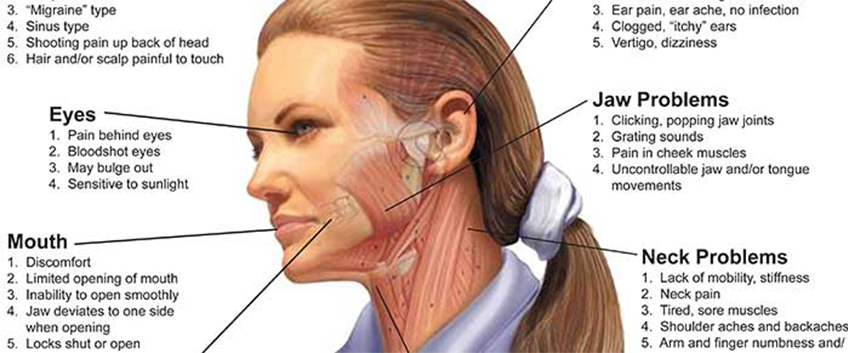 But most importantly, they protect the 4 main arteries and 8 major nerves that run through the neck and create the basis for the proper functioning of your body. Through these arteries and nerves your brain is fed, various types of stimuli are transmitted, all your nervous activity is controlled.
But most importantly, they protect the 4 main arteries and 8 major nerves that run through the neck and create the basis for the proper functioning of your body. Through these arteries and nerves your brain is fed, various types of stimuli are transmitted, all your nervous activity is controlled.
The value of the neck should not be underestimated, but many do not know this and try to relieve tension with self-massage or even worse, use an electric massager, this is absolutely not worth doing, you can hurt yourself too much. Only a specialist will be able to competently solve your problem without harm.
For the treatment of pain in the cervical region, it is necessary to identify the cause and eliminate the further progression of the disease: in this case, one cannot do without contacting a specialist.
And to prevent pain in the neck, you can do simple exercises and follow some rules during the day:
- if you sit at the computer for a long time, then every 40-50 minutes you need to get up and warm up, tilt your head to the right, left, forward, backward, circular movements.
 ⠀
⠀ - a similar daily exercise after sleep, which will help tone muscles, restore blood flow in the cervical region.⠀
- in cold and damp weather, which is very important now, do not forget about the scarf to avoid hypothermia in this zone.⠀
- it is best to sleep on a hard or semi-hard mattress and an orthopedic pillow. ⠀
But if you have regular pain, then it is better not to delay and consult a doctor, the treatment started on time will pass faster, which will save you time.
To make an accurate diagnosis and identify the cause of discomfort, additional examinations should be performed: MRI of the cervical region, dopplerography of the brachiocephalic arteries and rheographic examination of the cerebral hemispheres.
And what can you do yourself if your neck hurts? All “home” and “folk” methods of treatment can not only be ineffective, but also be harmful to health. And before starting to do a warm-up, you need to make sure that the pain is not caused by a serious injury or a strong inflammatory process.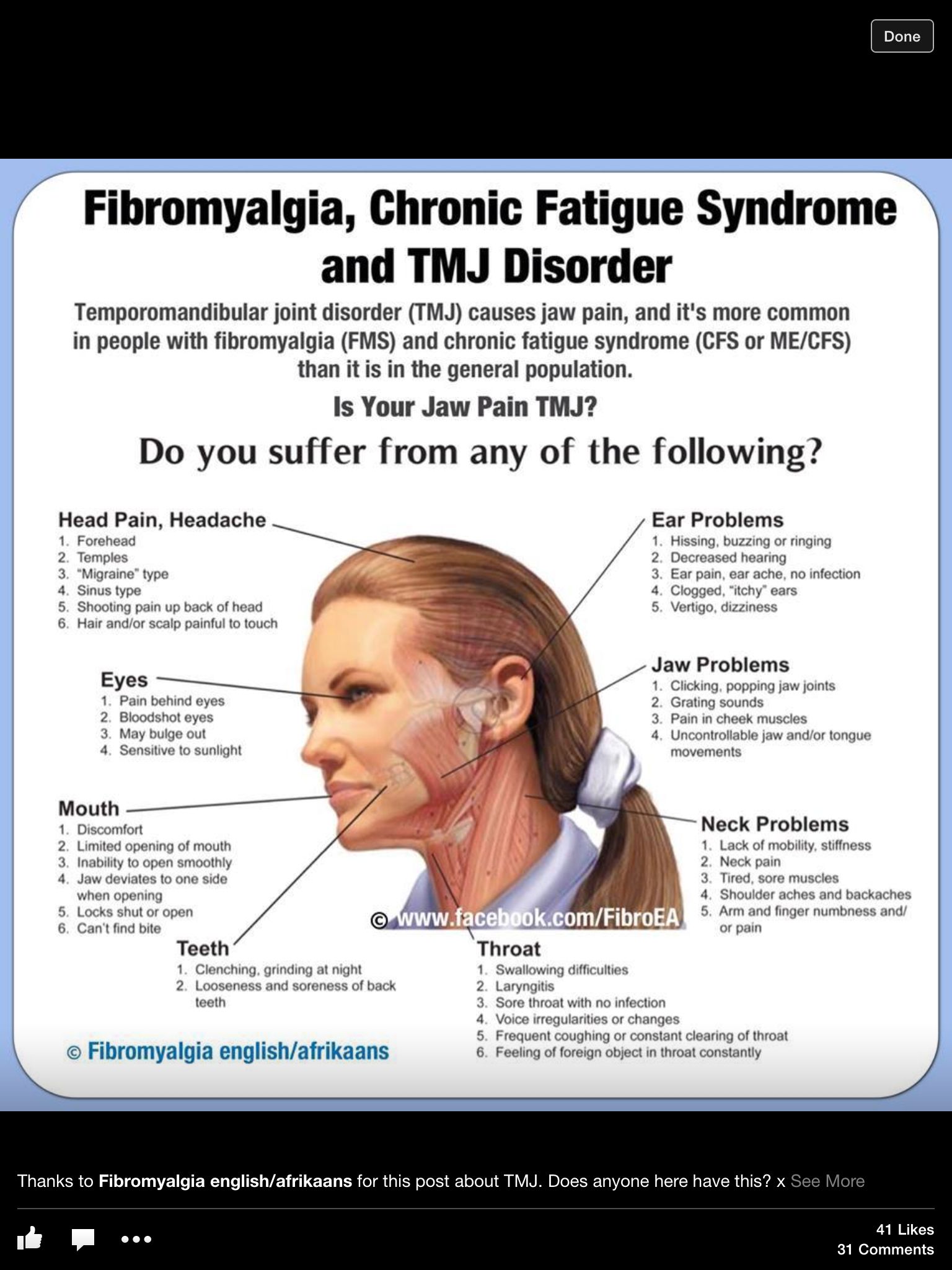 That is why it is necessary first of all to consult a doctor and undergo a diagnosis!
That is why it is necessary first of all to consult a doctor and undergo a diagnosis!
If no serious violations are found, then at home you can perform special exercises that will help strengthen the muscles of the neck and improve blood circulation.”
When should I see a doctor if my neck hurts?
If the pain does not go away for more than a week, this is a reason to see a doctor. In addition, you need to make an appointment as soon as possible if you notice the following symptoms:
- knot in the neck;
- high temperature;
- severe headache;
- enlarged lymph nodes in the neck;
- nausea and vomiting;
- swallowing problems;
- respiratory failure;
- weakness;
- numbness;
- tingling;
- pain throughout the body;
- inability to move arms;
- inability to touch the chin to the chest;
- urinary and bowel problems.
In addition, do not hesitate if an accident or other traumatic event occurs.
How neck problems are treated
The type of treatment given depends on the cause of the neck pain. The doctor will conduct an examination and a conversation to find out in what situation the pain appeared.
In addition, tests and examinations may be required to make a diagnosis:
- blood test;
- radiography;
- computed tomography;
- MRI;
- electromyography for studying the condition of the muscles;
- lumbar puncture.
Treatment varies from minor lifestyle changes and light exercise to major therapy with hospitalization:
- heat therapy;
- physical activity;
- stretch;
- physiotherapy;
- corticosteroid injections;
- muscle relaxants;
- wearing a neck brace;
- course of antibiotics to fight infection;
- hospitalization for heart attack and meningitis;
- surgical treatment.
How to get rid of neck pain at home
There are several ways that you should resort to to reduce neck pain.

 Also talk with your provider if you’ve had a stomach ulcer or digestive tract bleeding. Don’t give aspirin to anyone under 18 years of age who is ill or has a fever. It may cause a severe illness called Reye syndrome, which may result in brain or liver damage. If not treated correctly, it may cause death.
Also talk with your provider if you’ve had a stomach ulcer or digestive tract bleeding. Don’t give aspirin to anyone under 18 years of age who is ill or has a fever. It may cause a severe illness called Reye syndrome, which may result in brain or liver damage. If not treated correctly, it may cause death. 4°F (38°C) or higher, or as advised
4°F (38°C) or higher, or as advised 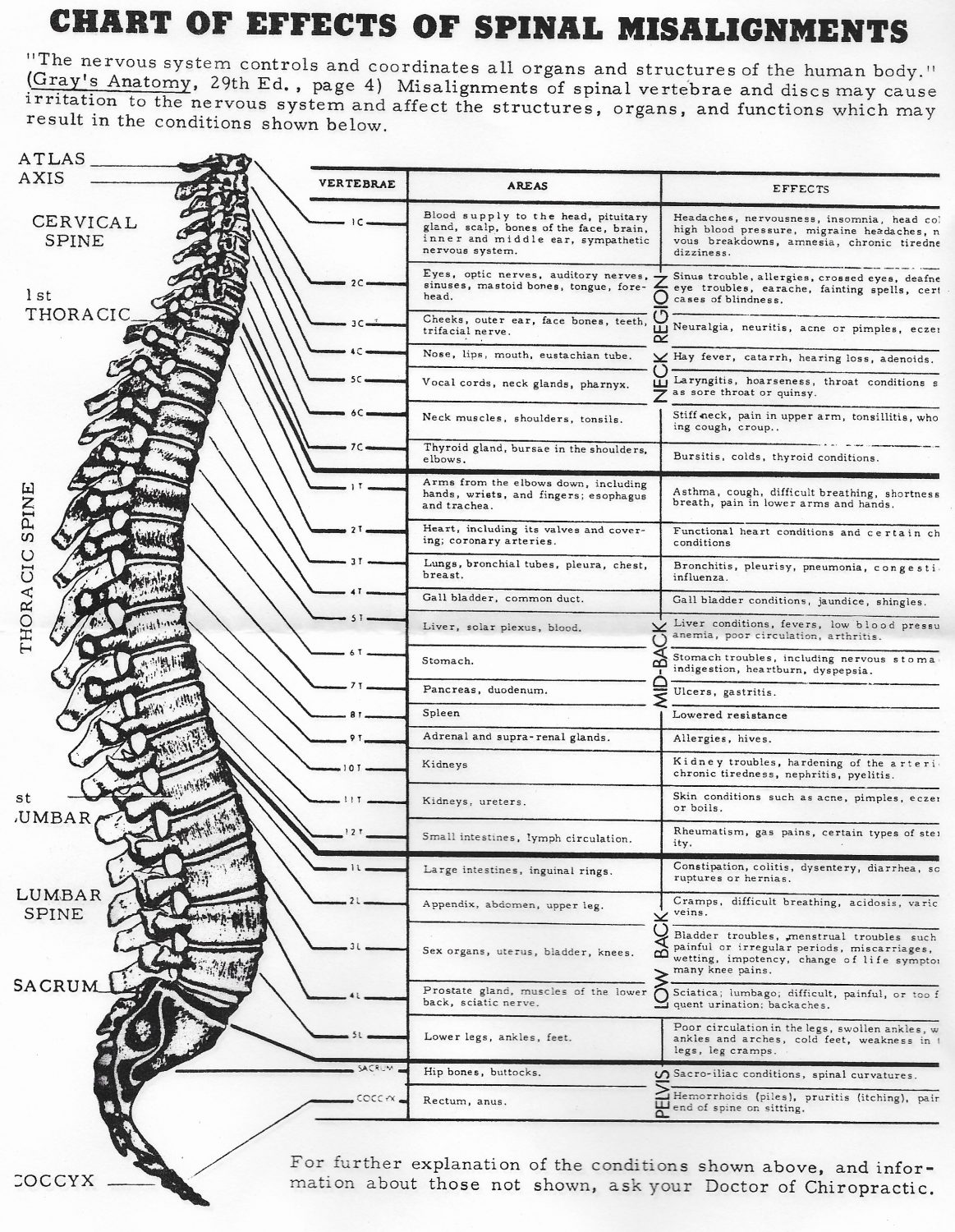 A person does not have to fall or experience a serious injury to sustain damage to this part of the body, however. A 2014 case report details a ruptured sternocleidomastoid following an epileptic seizure.
A person does not have to fall or experience a serious injury to sustain damage to this part of the body, however. A 2014 case report details a ruptured sternocleidomastoid following an epileptic seizure.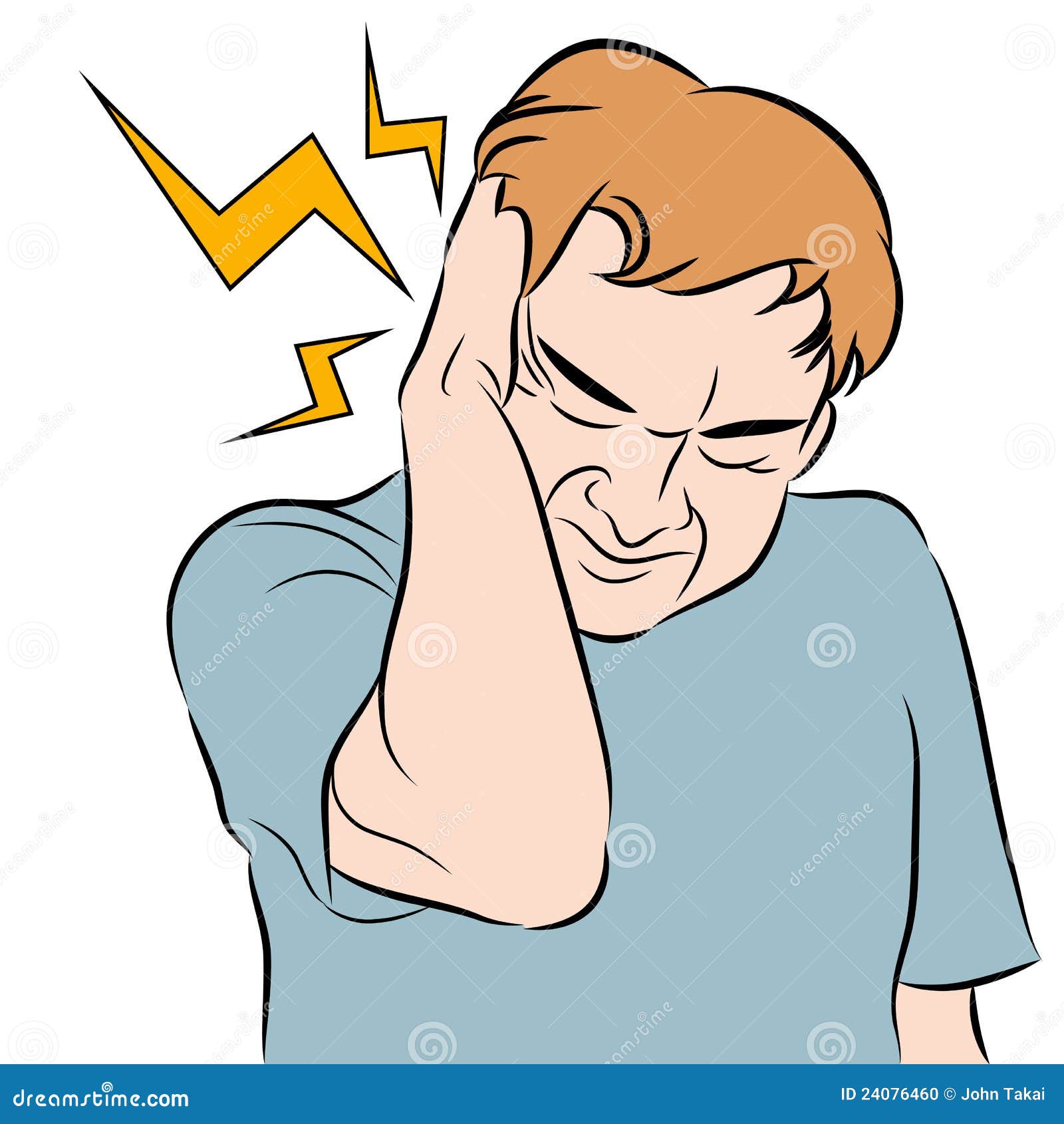
 Repeat this movement several times, but keep it steady to avoid additional strain.
Repeat this movement several times, but keep it steady to avoid additional strain.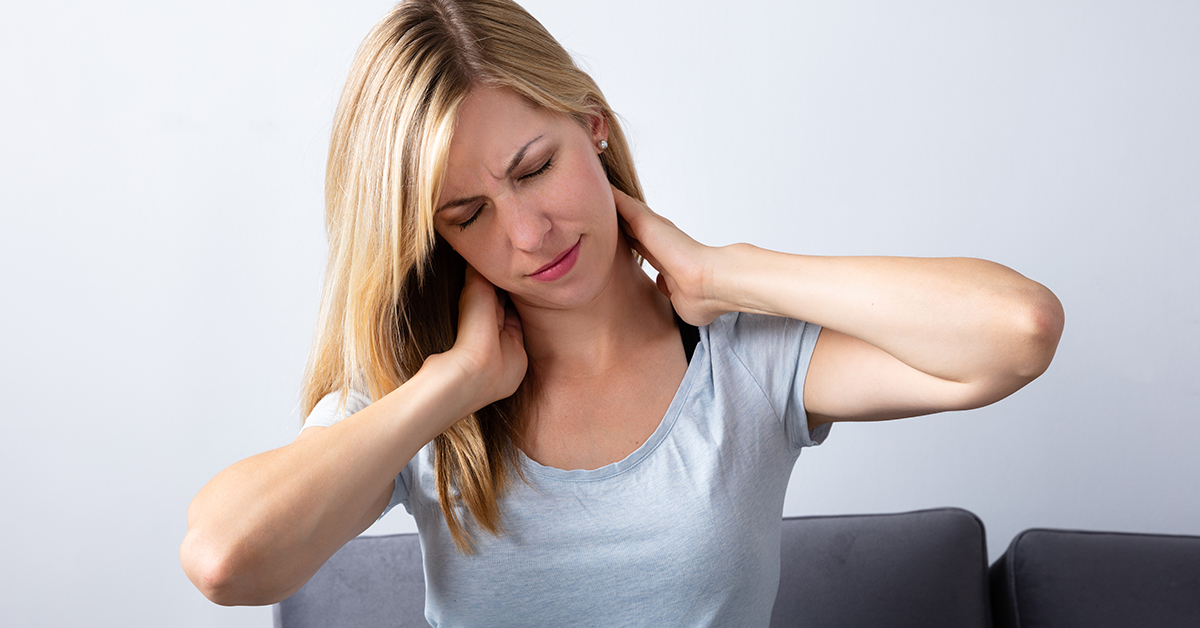
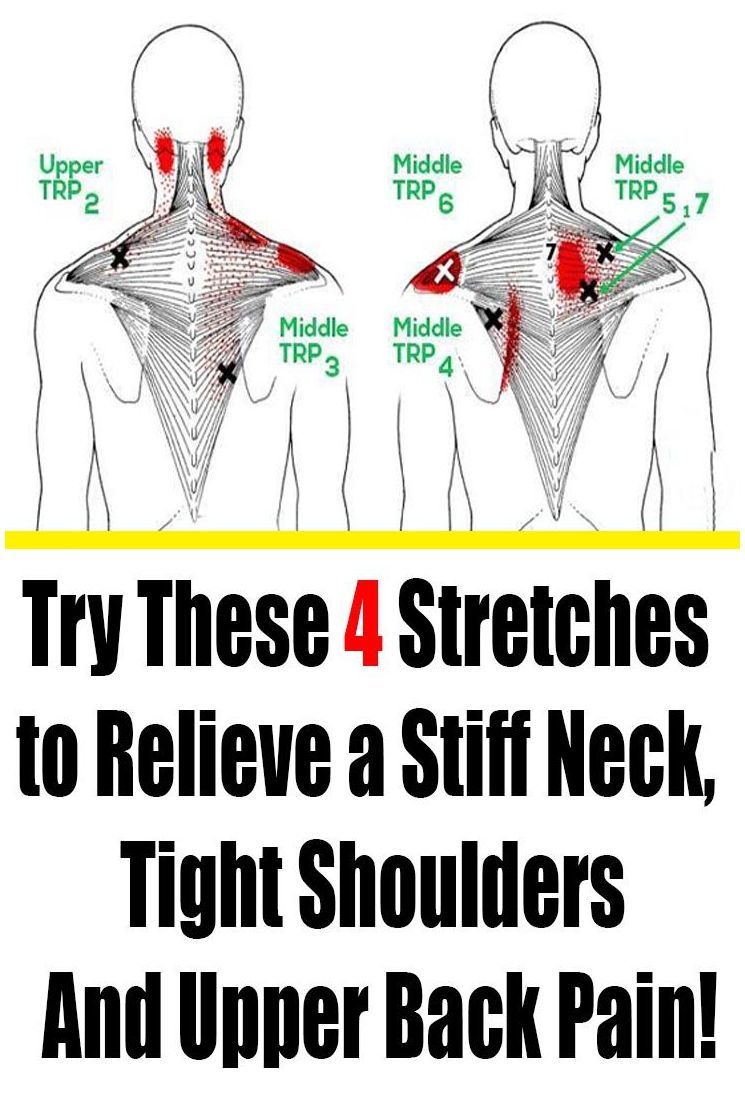
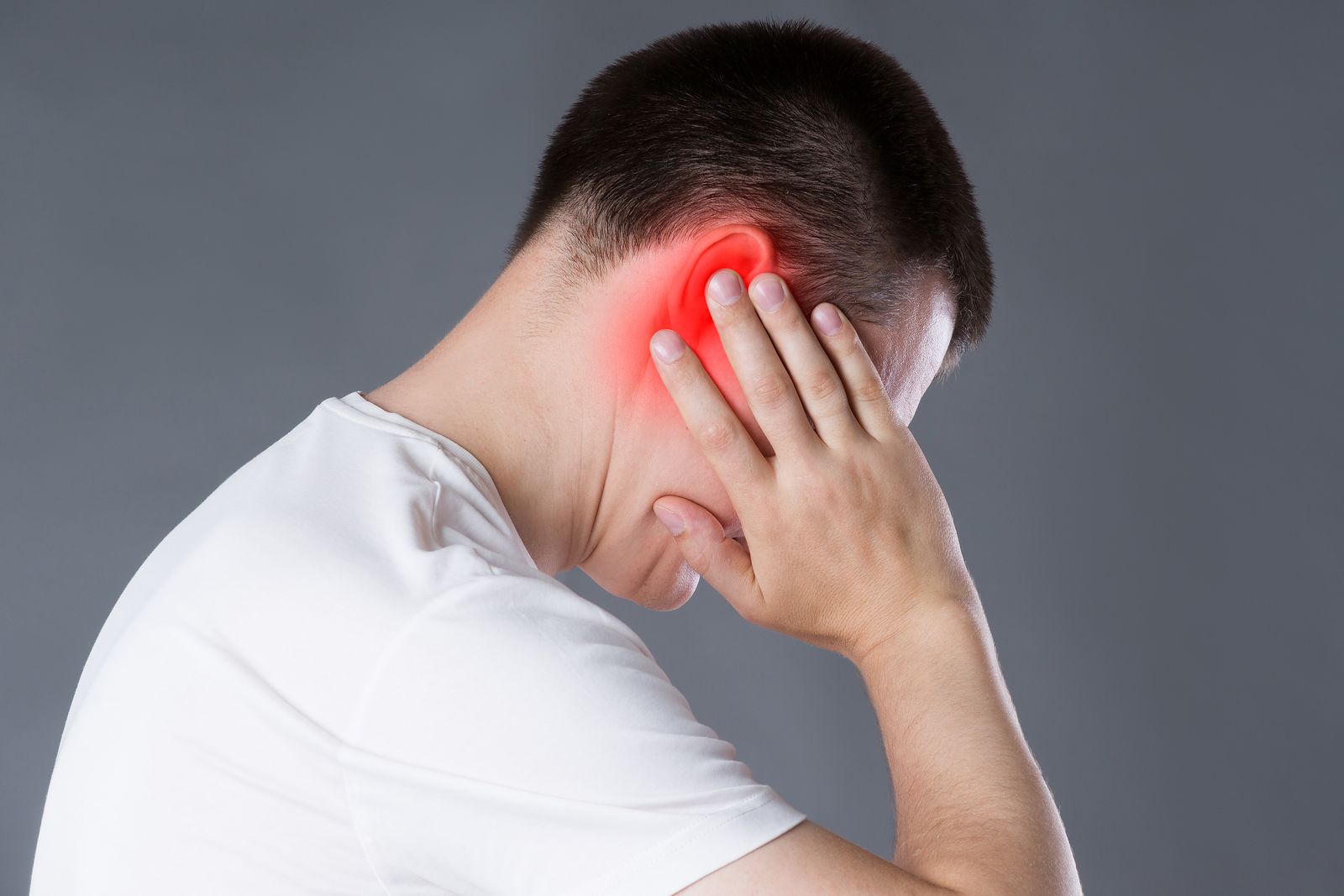 This condition is called osteoarthritis of the neck, which is also often accompanied by pain.
This condition is called osteoarthritis of the neck, which is also often accompanied by pain. ⠀
⠀